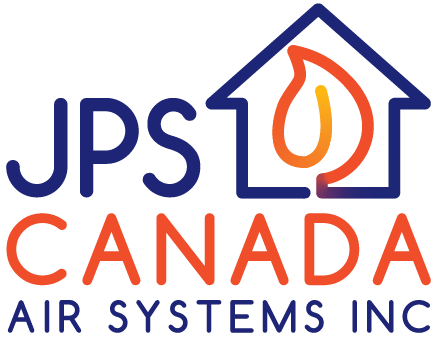Filtration for Mold
HOW DO MOLD SPORES IMPACT INDOOR AIR QUALITY?
Mold spores degrade indoor air quality. When mold colonies proliferate, they release small particles into our living spaces. Spores can cause a variety of health issues to some of the population, especially those with respiratory or immune system disorders.
Exposure to mold spores can lead to an array of symptoms such as sneezing, coughing, watery eyes, and it can also exacerbate asthma symptoms, with children, the elderly and immuno-compromised individuals being particularly susceptible to these effects. In some of the worst cases it has been found that long-term exposure to mold can result in systemic fungal infections which are oftentimes very difficult to diagnose.
Beyond health concerns, mold growth indoors can cause musty odors and surface discoloration within the materials in our homes including damage to carpets, furniture, and other household items. Addressing the root causes of mold growth, such as excess moisture or humidity, is absolutely key to mitigating its impact.
HOW DO AIR FILTERS HELP?
Even with mold growth prevention, mold spores will inevitably still linger in the air. This is where air purifiers - equipped with proper filtration - come into play. Filters with a minimum MERV 8 rating can trap pollen, dust, lint, dust mites, mold, and other large particle impurities. A MERV 8 rated filter can be perfect for your HVAC system. Running your fan in circulation mode (or ON) will continuously filter the air, forcing these devices to reduce mold spore concentrations thereby decreasing the risk of inhalation.
Filtration not only assists in capturing mold spores but also in reducing the colonization of mold by preventing airborne spores from settling on surfaces. To maximize their benefits, however, these should be combined with other preventive measures, like moisture control and - this is a big one - adequate ventilation.
Regular maintenance, including changing filters and routinely cleaning the unit, is essential to effectiveness against mold.
WHAT ARE THE SIGNS OF MOLD GROWTH THAT WARRANT AN AIR PURIFIER?
A persistent musty scent in your home is a clear indication of mold growth. Even if no visible mold is detected, this unmistakable aroma suggests that mold is very likely proliferating in concealed areas like behind walls or flooring. Mold, as it expands, emits volatile organic compounds (VOCs) which contribute to this distinctive odor.
While air purifiers and proper HVAC filters effectively reduce the concentration of mold spores in the air, solely relying on them is not sufficient. It's imperative to identify and address any underlying moisture sources, as mold thrives in damp conditions. In instances where mold is suspected, professional mold inspection and remediation become vital to ensure complete removal and to prevent future growth.
CAN AIR PURIFIERS PREVENT THE GROWTH OF MOLD?
Mold can be prevented by air purifiers. While they cannot be used to eliminate mold, they do reduce airborne mold spores which are a major cause of mold colonization and growth.
Mold spores can be removed with proper filtration and HEPA rated filters, which are efficient enough to remove particles as small as 0.003 microns from the air. This includes mold spores, viruses, and even bacteria.
Preventing airborne mold spores from landing on surfaces is crucial to mold prevention. Air purifiers prevent mold spores from landing on walls, furniture, and carpets by eliminating them from the air.
Prevention of mold growth requires controlling moisture, fixing leaks, enhancing ventilation, and ensuring adequate humidity.
Effective filtration improve indoor air quality and thereby reduce mold colonization when combined with other mold avoidance methods.
Following the manufacturer's instructions for filter maintenance and replacement is also essential. Depending on usage and air quality circumstances, HVAC filters need to be replaced every 3 months and air purifiers with HEPA filters typically need filter replacements every 6 to 12 months. The effectiveness of the air purifier in catching and eliminating mold spores from the air is ensured by routine maintenance.
HVAC Mold Growth

